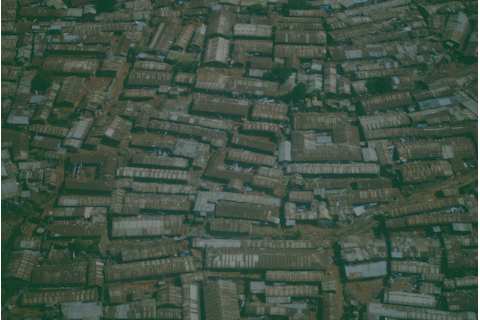During the second year of the Master in Advanced Architecture + Thesis Project (MAA02), students have the unique opportunity to work for a period of 1 year on an Individual Thesis Project, focused on the development of a research or pilot project based on the student’s interest, and the learnings of the first year. IAAC supports the student in selecting their Thesis Project topic in order to better orient them according to their future career interests and opportunities. Each student, according to their specific topic, is assigned one or more Thesis Advisors that follow the development of the work throughout the year.
In parallel to the development of the Individual Thesis Project, the second year of the MAA02 offers a series of seminars enhancing the theoretical, practical and computational skills of the students.
EMI: Engine for Morphological Integration Vol II
A Methodological Approach to Urban Morphology and Hybrid Energy Systems in the Global South Project Statement: “Even as we advance in Energy Innovation, our cities continueto grapple with deep inequalities. In this research, I proposerethinking Urban Morphology—not merely as the physicalform of our settlements, but as a strategic lever for equitableenergy solutions. The conceptual Energy-Morphology … Read more
Bio-Receptive | Interfaces II
Designing Bio-Digital Hybrids for Environmental Intelligence
Wildlife Integrating Landscape Design Artificial Intelligence – WILD.AI — Term_II
Context How? Where? Workflow Outputs
FLOOD RESILIENCE TOOLBOX
Flood Resilience Toolbox: AI-Powered Solutions for a Sustainable Future Flooding is the most frequent and costly natural disaster worldwide, with annual damages exceeding €38 billion. By 2050, this figure could rise to $64 billion, impacting millions of lives. Coastal cities, particularly in Southeast Asia, are at high risk due to rapid urbanization, sinking land, and … Read more
AI in the Built Environment | Urban Analytical Tool for Greening the City
Juan is a young professional living in a narrow street in Barcelona and he describes the street he lives in as a concrete hell. How air quality and greenery impact the experience, how a citizen feels, about a public space? The result will be an urban analytical tool for the city planners to manage air … Read more
AIReclaim
AIR COMFORT The air comfort depends on the gases and particulate matters in the air. The gases consist of nitrogen dioxide, carbon monoxide, sulphur dioxide and ozone. As well as the gases there are particulate matters in air which are categorised depending on their diameter. The main categories are the PM2.5 and PM10. In 2021 WHO … Read more









